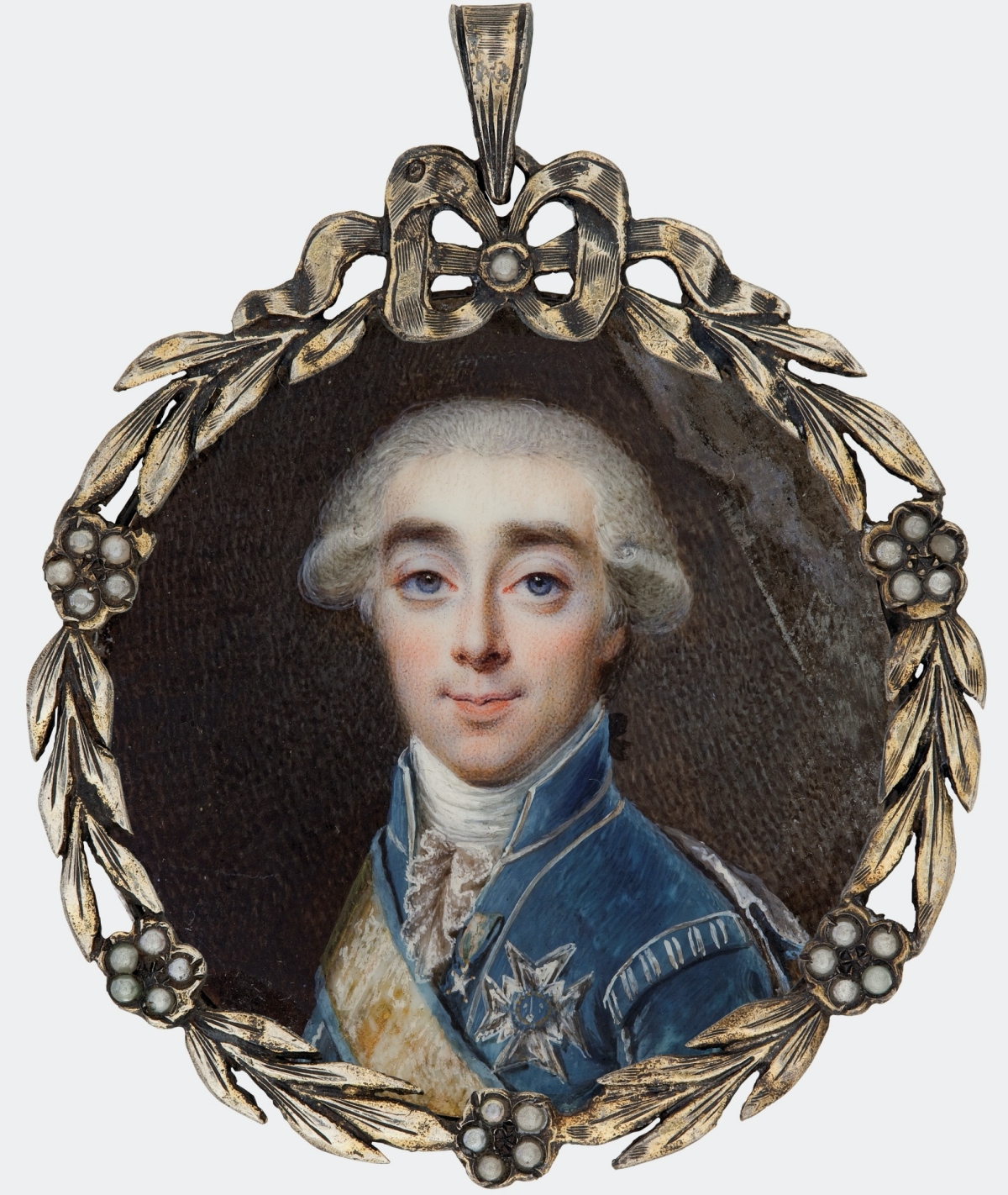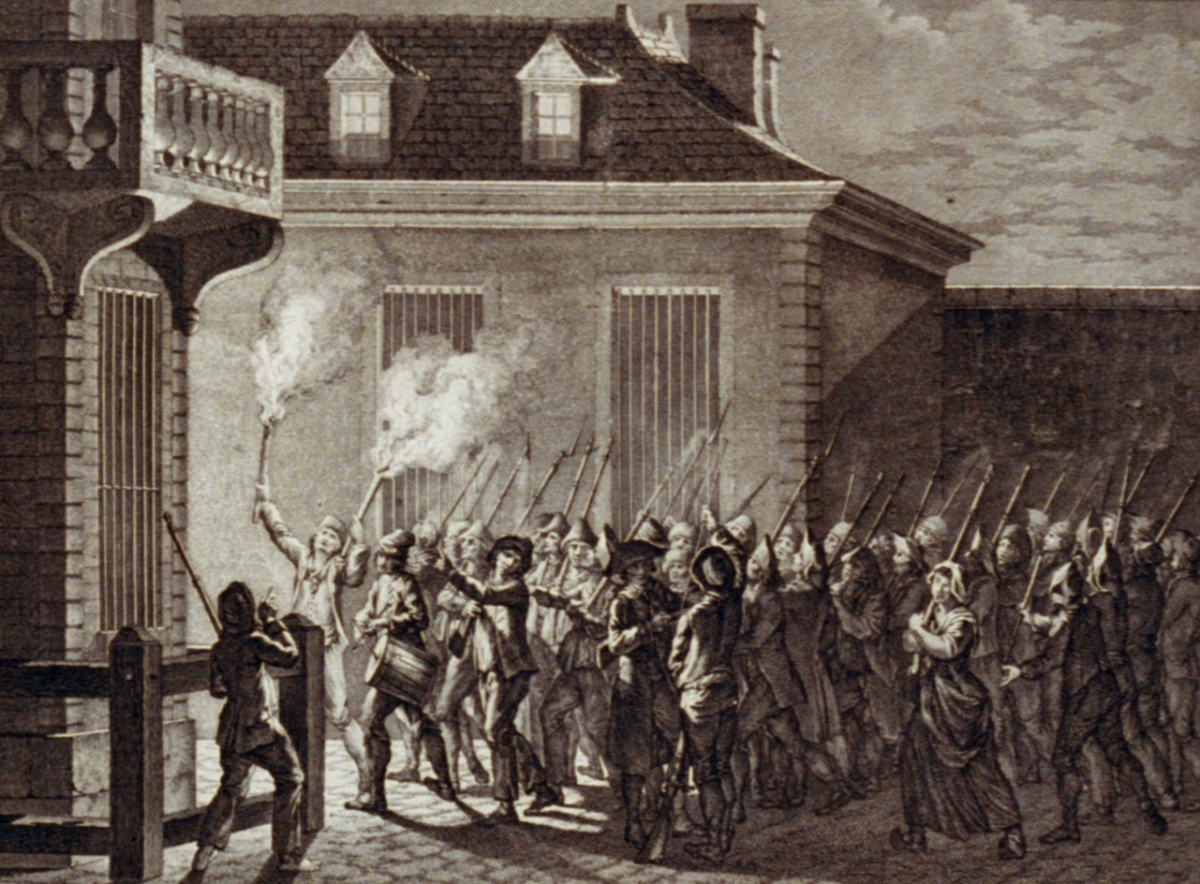Marie Antoinette’s Secret Letters Come to Light
The words that were covered up speak of a very intimate relationship.
In the final years before the climax of the French Revolution Marie Antoinette and her family were on house arrest at the Tuileries Palace in Paris. During this time the queen wrote letters to her friend and rumored lover, Axel von Fersen, a Swedish count. But, under close scrutiny, some of her words were censored by blacking out the lines of text. Now a new study reveals what these words were and may pave the way for other redacted historical documents to be better understood as well.

The study was recently published in the scientific journal, Science Advances. A wide variety of methods were tested to examine the redacted ink layer, the layers underneath, and the paper that holds them all.
In the end XRF spectrography turned out the be the most productive at disentangling the layers of ink. The censor added dense loops of dark ink and even added some superfluous letters to further throw off anyone wishing to read what Marie Antoinette had written, so this was not an easy task.

The redaction ink was applied days or years after the original text was laid down, though by who is still up for debate. It has been suggested that von Fersen himself was the one who censored the letters, obscuring references like “beloved” and “adore”.
In another section the phrase “the letter of the 28th made my happiness” was redacted and this less-incriminating one written next to it: “the letter of the 28th reached me”. The ink, however, was just different enough from the queen’s ink to make analyzing the separate ink layers possible.
The letters were kept by the count’s family and in 1982 were auctioned off. They were at that time bought by the French National Archives.

Von Fersen was a participant in the American Revolution at the Battle of Yorktown in 1781. He had met the French royal family in 1778 and a few years later was so close with the queen as to have been invited to her private apartments to model his military uniform for her highness.
The pair used both ciphers and invisible ink in their correspondence at various times and she often wrote of her strong feelings for him in addition to the two discussing political matters in Europe. Marie Antoinette would be put to death by guillotine in 1793 and the only member of her family to survive the French Revolution was her daughter, Marie-Thérèse-Charlotte.

Like his royal friend, von Fersen was killed when national politics heated up in Sweden. In 1810 he was trampled and stoned to death while escorting the coffin of adopted crown prince, Cristián Augusto, for burial. Von Fersen was thought by the angry mob to have poisoned the crown prince for his own politcal gain.
SKM: below-content placeholderWhizzco for DOT

